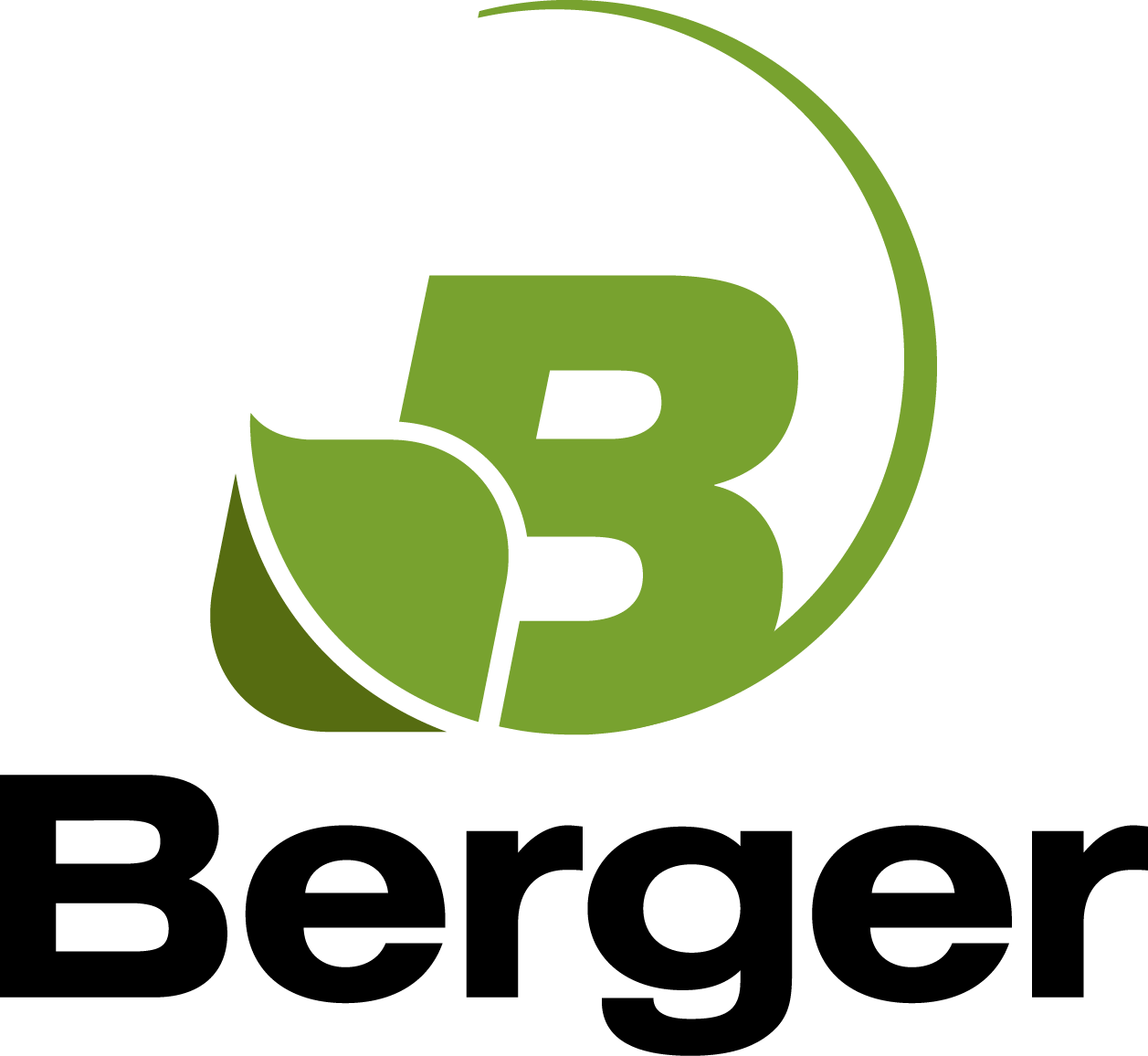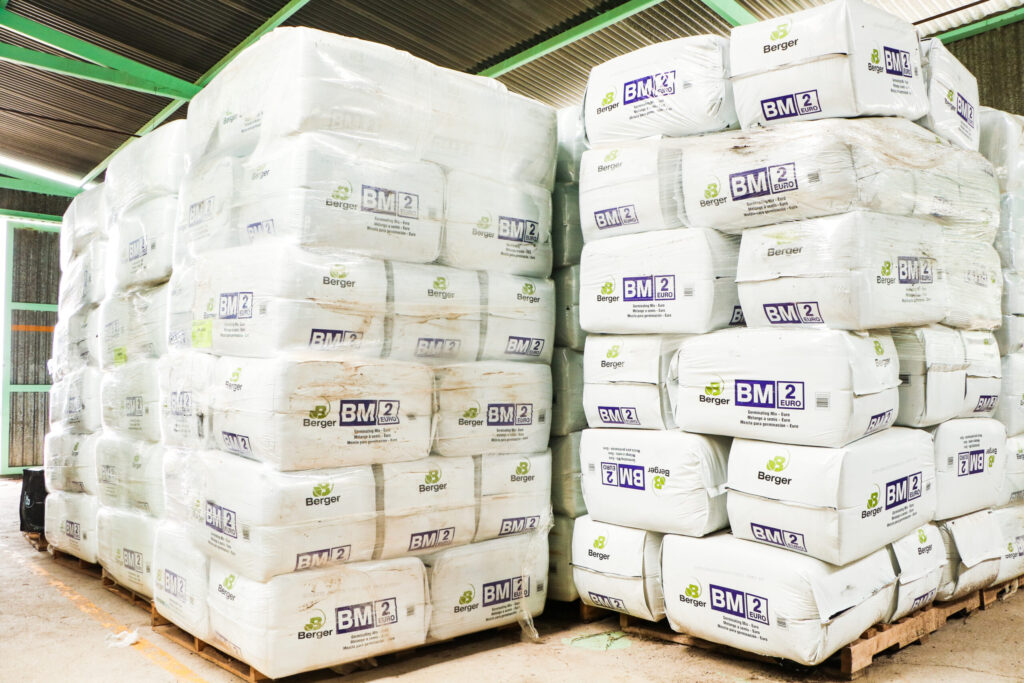
Brought to you by Berger Peat Moss Ltd.
Embracing Efficiency and Maximizing Returns: The Power of Compressed Horticultural Substrates

March 4, 2024 in Features
By Alexandre Dubé Bernier, agr, Berger Technical Services Advisor
 Photo courtesy of Berger.
Photo courtesy of Berger. In the ever-evolving landscape of the horticultural sector, greenhouse growers are consistently striving towards improving the efficiency of their operations. This commitment has gained importance, particularly as the industry places a greater emphasis on sustainability and cost optimization. Addressing these challenges head-on, the adoption of compressed horticultural substrates stands out as a true game changer. In this article, we delve into the benefits of compressed bales over loose-filled packaging. We will present a host of advantages that have the potential to improve practices and significantly boost overall profitability.
The compressed format for horticultural substrates offers a myriad of advantages over the traditional loose format. One obvious benefit is the ability to pack more product into each bag, resulting in increased volume per truckload. Depending on the product and its ingredients, we can easily increase the volume by 30% to 55% compared to loose format. For instance, one of our customers who previously required around 400 truckloads of loose-filled substrate annually has transitioned to compressed format; they now receive the same volume with only 170 truckloads of compressed mix per year. This substantial reduction in truck traffic not only means less damage to pavement, but also reduces the risk of accidents and streamlines truck management and logistics, resulting in a more efficient operation overall. As the number of truckloads decreases, the total carbon emissions from transportation are significantly lowered, contributing to a reduced carbon footprint. This is not the only environmental advantage; the compressed format also minimizes plastic consumption. When comparing the 3 cu.ft. loose format to the SKY, we’re looking at an impressive 80% reduction in plastic. Furthermore, the compressed format’s efficiency extends to storage requirements. By taking up less space for the same amount of substrate, the compressed format requires less handling and helps customers to optimize their workspace. With reduced cost per landed cubic yard, producers can achieve substantial savings while benefiting from another major advantage of the compressed format: greater automation.
The advantages of the compressed format extend beyond increased yield and reduced transportation needs. Integrating this format creates opportunities to implement more automation on the production chain, leading to a number of significant benefits, one of the most notable being labor-saving. By implementing automation in their processes, staff can be strategically reallocated from labor-intensive tasks on the potting line to more critical roles within the operation. Moreover, the broad range of automation equipment available in today’s market allows producers the convenience of selecting a system that precisely aligns with their unique requirements and preferences. Automation not only frees up employees but also ensures a higher level of consistency in the production process and finished mix. This approach achieved through uniform filling and enhanced moisture control, ultimately supports more even growth, resulting in same-sized crops and reduced plant losses. As the quality and consistency of the crops improve, there is a subsequent reduction in the need for plant sorting labor, further freeing up workforce for more essential tasks. Additionally, the superior quality of finished materials has the potential to boost return sales and generate higher wholesale prices in the market. While it’s important to note that automation comes with some significant initial investments, the long-term savings enabled by the compressed format are more than noteworthy and far outweigh the upfront expenses, ultimately benefiting the producer’s bottom line and allowing him to get rapid return on this investment.
In conclusion, embracing compressed horticultural substrates opens up a world of compelling benefits. The combination of increased yield, streamlined logistics, enhanced storage efficiency, and the potential for automation and labor savings makes it an exceptional choice for horticultural producers seeking to optimize their operations and thrive in a competitive industry. This leads Berger to advocate for the transition to compressed substrates among its customers. If you’re ready to make the switch, Berger’s team of experts is readily available to provide guidance and support throughout this transition, so that you can fully leverage the benefits offered by the compressed format to optimize your productivity and profitability. Teaming up with Berger not only grants access to exceptional consulting services, but also ensures access to top-quality mixes. With Berger taking care of delivering a quality and consistent product, you can devote more energy and focus to your core business. For further information, please reach out to your dedicated Berger sales representative.
Advertisement
- Enhancing crop quality and energy savings with climate screens
- Global warming : greenhouse growing, an optimal solution!